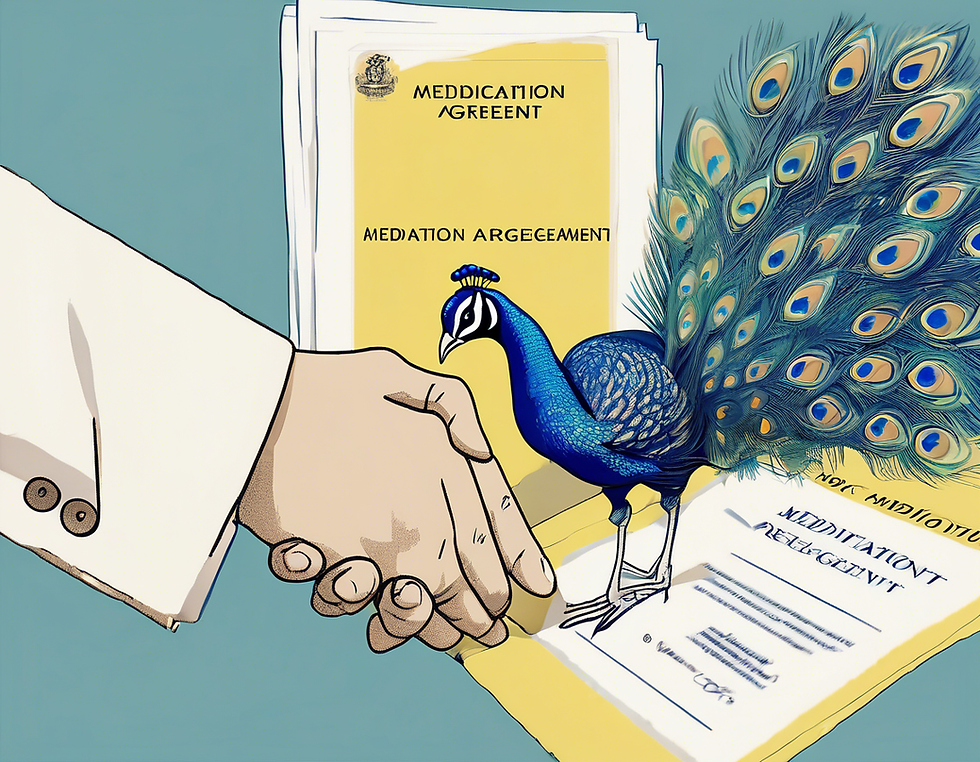Empathetic Mediation on Zoom
- Laura9000

- Feb 23
- 2 min read
February 10, 2025
Is it possible to connect with people on Zoom as much as or more than in-person? Conventional wisdom is no. However, there are many benefits to using Zoom for mediation, and empathy is arguably one of them.
Having the ability to separate hostile parties in Zoom breakout rooms without fear of them bumping into each other during restroom or kitchen breaks is advantageous to building comfort and ease, which may allow people to open up more.
I've been in mediations where just two minutes of family members being together resulted in yelling, name-calling, and backtracking of prior agreements. Even the slightest smirk has been known to derail a negotiation. Thus, by keeping hostile people perfectly separated with no shared spaces, a mediator can use Zoom to build trust and have more empathetic connections.
Of course, the downside to Zoom is that cooperative parties lose the ability to have personal encounters in shared spaces in-person. To make up for this on Zoom, mediators may consider more joint sessions so that cooperative parties may have more time together.
Empathy is also potentially more possible on Zoom due to the chosen location of the parties. Some may be in their kitchens, bedrooms, home offices, or even parked cars. It is much easier to make small talk and feel at ease with one's treasured items, smells, and comforts surrounding oneself. In slower moments of mediation, I have been able to make great connections with parties and attorneys based on their on-screen surroundings such as books, baseball bobble heads, just-woken babies, and even a dog in the backseat. This would not be possible in a neutral conference room.
Of course, some parties may prefer to negotiate in a neutral environment. There could be triggers or distractions at home that impede their ability to be emotionally present. Asking ahead of time what location is preferred is crucial to a successful mediation.
Finally, another potential way to foster empathy on Zoom is with the chat/text feature, which is confidential within each caucus or breakout room. It is an often underutilized tool. However, when there are multiple parties and attorneys in one room, the chat/text feature can allow a more reserved, quiet person to express themselves directly into the screen with text and emojis. People seem to act more like teammates when more involved. The use of chat/text can thus build more participation and allow for more empathetic connections.
As we all know, face-to-face, in-person conversations are the gold standard for empathetic mediation. However, Zoom continues to be a viable alternative that does not fall short of genuine connections and in fact offers several advantages. What are your thoughts on using Zoom versus in-person mediation?



Comments